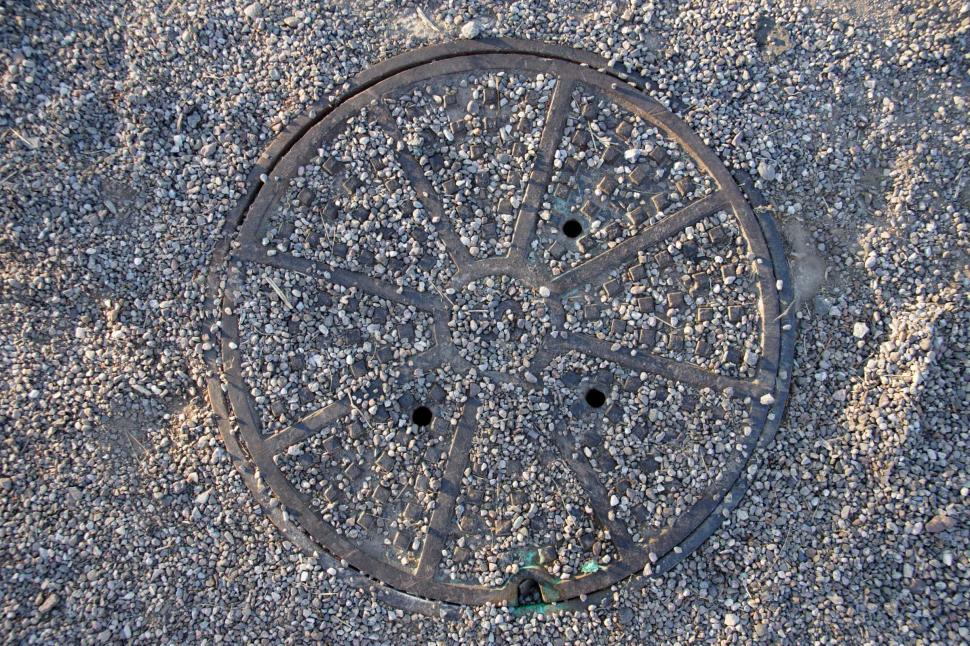In any workplace, leaders play a crucial role in managing teams, fostering a productive environment,…

Fostering Circle at Work
I’ve just completed an on-line training session in The Circle Way, a method of safely sharing thoughts and ideas and determining next steps in any situation. The circle is one of the first forms of meeting that has gathered people into respectful conversation for thousands of years. The circle has served as the foundation for many cultures. I’ve been focusing on its use in high conflict or workplace restoration situations and can see it adding value to difficult conversations. The Circle Way is flexible and easily adaptable, and I wanted to share some of the components that may be useful in your workplace meetings.
Circle is about slowing down and taking time to have a different type of discussion. It’s about bringing your authentic self and being open to hearing others. Knowing that there is a ‘leader’ in every chair and everyone contributes equally to the conversation. Responsibility is shared, and each person pays attention to what is needed and is willing to step up and do their share.
Components of the Circle Way structure that your meeting may benefit from:
- The Invitation
- How do we invite people in a way that moves them to show up fully? Share and be clear what the purpose is, how this will affect their work, why they should take time and attention away from other important tasks. What is required of them to participate well? Invitation is a process – not just sending an email.
- Check-In
- Generating a good open question that will start the meeting off and give the group an idea of what the mood is. What’s important about how we use this time? How are you coming to this discussion? What has changed for you since we met last?
- Agreements/Protocol
- Developing a protocol to ensure that the group is comfortable sharing information and respectful in conversation. What protocols need to be in place to ensure our conversation is fair, balanced and respectful? Reviewing the protocol on a regular basis will keep the agreements top of mind.
- The Center
- To help participants remember the goal of the group, the center of a circle usually holds objects that represent the intention of the circle. This can be a symbol that fits your purpose or just a verbal reminder of why we are here.
- Talking Piece
- The ‘talking piece’ is a prop that is used to allow each person to speak uninterrupted. Sometimes it can be a simple as passing a pen around the table to each participant in turn.
- Check-Out
- The opportunity to take a few minutes before people rush away to share a closing thought. Another open question to prompt this. What was your biggest take-away? What are you reflecting on as we close this meeting?
I’ve been using bits and pieces of these components in my meetings and facilitations and find people engaging in a different way. Outcomes (or ‘harvests’) are more plentiful and conversations are more thoughtful. Perhaps your team will also experience a way of being together that values pausing as much as speed, that welcomes discernment as much as those bountiful harvests.
These resources are meant to be shared and I would like to acknowledge the following websites: learnthecircleway.com and thecircleway.net.




